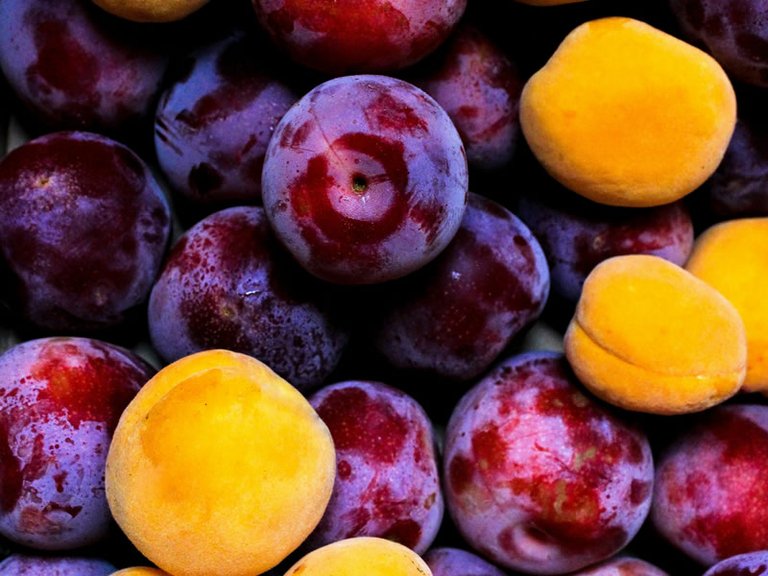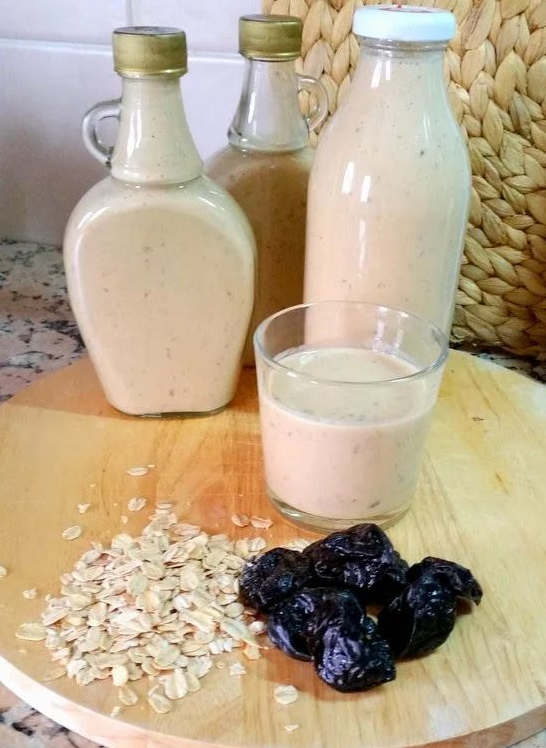The Benefits of Plum for the Human Body

In this post, I'll talk about the benefits of adding plums to your diet, but first, let's talk a little about history.
The first writings about plum trees date back to AD 23-79. The most rational theory is that Central-West Asia was the birthplace of plum plants that developed into the first cultivated varieties, mainly because plum trees are still abundant today, and their native inhabitants trade dried plums, which are highly prized.
Two main species comprise the majority of plum trees cultivated worldwide. One is Prunus domestica (L.), known as "European," with a dark, purple color. The other is Prunus salicina Lindl, known as "Japanese," with a yellowish hue. The largest global producer is China, and in South America, Argentina and Chile are prominent. In Brazil, production is low, and quality leaves something to be desired. Among the producing regions, Rio Grande do Sul, Santa Catarina, Paraná, São Paulo, and southern Minas Gerais stand out.
Now let's learn about the benefits of plums:
- Prevent premature aging
- Lower cholesterol and triglycerides
- Prevent high blood pressure
- Combat constipation
- Facilitate weight loss
- Prevent diabetes
- Maintain eye health
These are great benefits, and I believe everyone wants them for their health. Another important detail is that they are delicious. I'm sure you won't have any problems with the taste, but of course, everyone has their own taste.
Fun fact: As I write this post, I'm eating a plum.
If you don't like eating the fruit, there are great recipes you can make with it.

I'll give you an example of a great recipe that's easy to make and also healthy.
Ingredients:
- 3 plums
- 1/2 cup plain yogurt
- 1 cup milk
- 2 walnuts
- 1 tablespoon sugar
- 1 heaping tablespoon oatmeal
Instructions:
- Blend all ingredients in a blender for 5 minutes.
It's a delicious recipe, and to conclude this post, all I have to say is surrender to the supremacy of plums.
